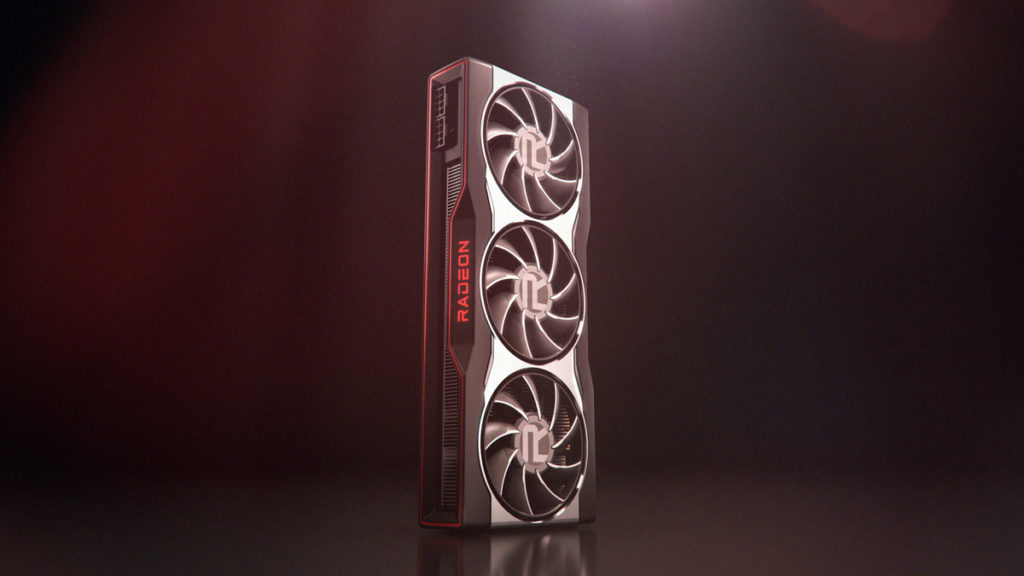Image: AMD
3DCenter.org has shared a rumor suggesting that AMD’s Radeon RX 6000 Series successors could feature a multi-chip-module (MCM) design, which is similar to what NVIDIA is reportedly planning for its “Hopper” family of next-generation graphics cards. The speculation stems from Kepler_L2, who claims that red team has had a working version of Navi 31 since early 2020. He also revealed that the top SKU, which may very well turn out to be the Radeon RX 7900 XT, boasts a pair of 80 CU chiplets for a potential total of 10,240 Stream Processors—5,120 more than the current Radeon RX 6900 XT flagship.
“Navi31 working silicon exists...
Continue reading...
